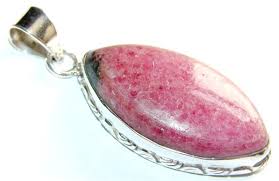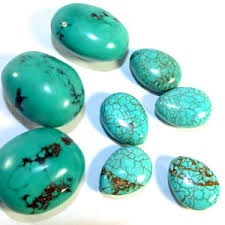Lets learn English
Don’t waste these three: Time, Money and EnergyLets learn English
Don’t waste these three: Time, Money and EnergyTurquoise
Friendship Stones
Turquoise
Powerful friendship stones symbolize happiness and joy. They usher in good luck and strength in a friendship. Some of the popular stones are Lapis Lazuli, Rhodonite, and Turquoise
Chrysanthemum
The Chrysanthemum is one of the most honored flowers in Asia. This a friendship symbol that comes from the Japanese Culture. In Japan chrysanthemums called "kikus" are exchanged between friends as a symbol of the virtue and incomparable value of their friendship
In Japan it also symbolizes high honor and Royalty. In Chinese art it is associated with harvest and prosperity, but is more often used as a symbol of longevity because it survives the frost and is called the flower of the ninth moon. They were featured on the imperial crest of Japan and beloved by Emperors, who ruled from chrysanthemum thrones

The Jade Plant
The Jade Plant
The Jade Plant or "Friendship Tree"Some people mistake the Jade Plant to be the money plant. This plant has pink and white flowers and it's succulent green leaves, signify the joy and energy between two friends. The plant is said to have the capacity to spread joy, positive energy and add happiness in any environment. It is an ideal gift to be given to a friend

Ivy
Ivy is Symbolic of Connections and Friendships Ivy has a propensity to interweave in growth. Ever furrowing and intertwining, the ivy is an example of the twists and turns our friendships often take - but it is also a testimony to the long-lasting connections and bonds we form with our friends over the years
Pineapples
Pineapples are Age-old Symbols of Friendship, Hospitality and CommitmentIn times past, in larger, well-to-do homes, dining room doors were kept closed to heighten visitors' suspense about the dinner table being readied on the other side. At the appointed moment, the doors were flung open to reveal the evening's main event. Visitors confronted with pineapple-topped food displays felt particularly honored by a hostess who obviously spared no expense to ensure her guests' dining pleasureThis was how the pineapple, came to symbolize welcoming friendship, good cheer, human warmth and the family affection that was inherent to such gatherings. Pineapples are still a treasured housewarming gift for friends and family

.
Sizdah Bedar
Sizdah Bedar
The thirteenth day of the new year festival is Sizdah Bedar (literally meaning "thirteen to out", figuratively meaning "hit the outdoors on the thirteenth"). This is a day of festivity in the open, often accompanied by music and dancing, usually at family picnics.
Sizdah bedar celebrations stem from the ancient Persians' belief that the twelve constellations in the Zodiac controlled the months of the year, and each ruled the earth for a thousand years at the end of which the sky and earth collapsed in chaos. Hence Nowruz lasts twelve days and the thirteenth day represents the time of chaos when families put order aside and avoid the bad luck associated with the number thirteen by going outdoors and having picnics and parties.
At the end of the celebrations on this day, the sabzeh grown for the Haft Seen (which has symbolically collected all sickness and bad luck) is thrown into running water to exorcise the demons (divs) from the household. It is also customary for young single women to tie the leaves of the sabzeh before discarding it, so expressing a wish to be married before the next year's Sizdah Bedar. Another tradition associated with this day is Dorugh-e Sizdah, literally meaning "the lie of the thirteenth", which is the process of lying to someone and making them believe it




